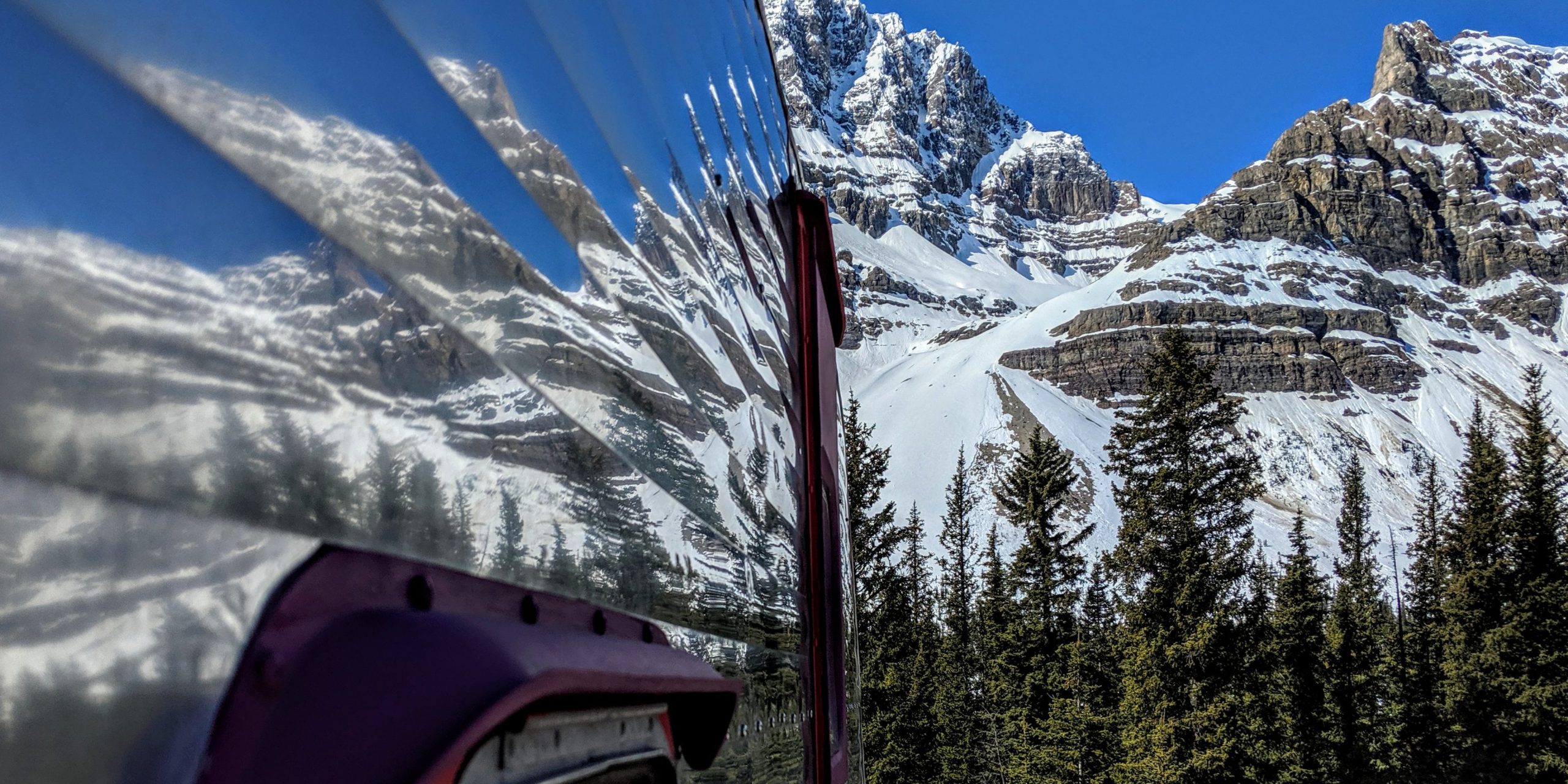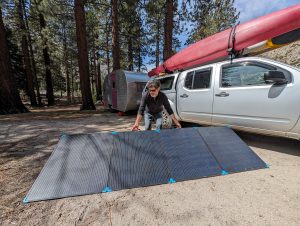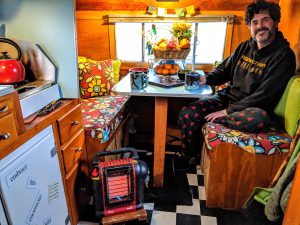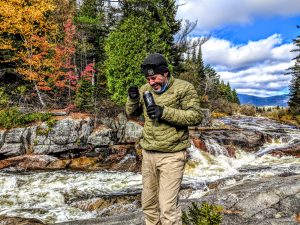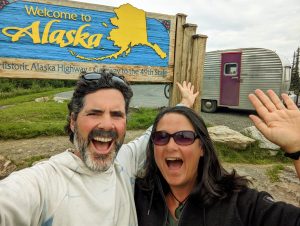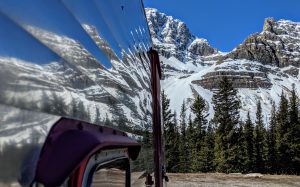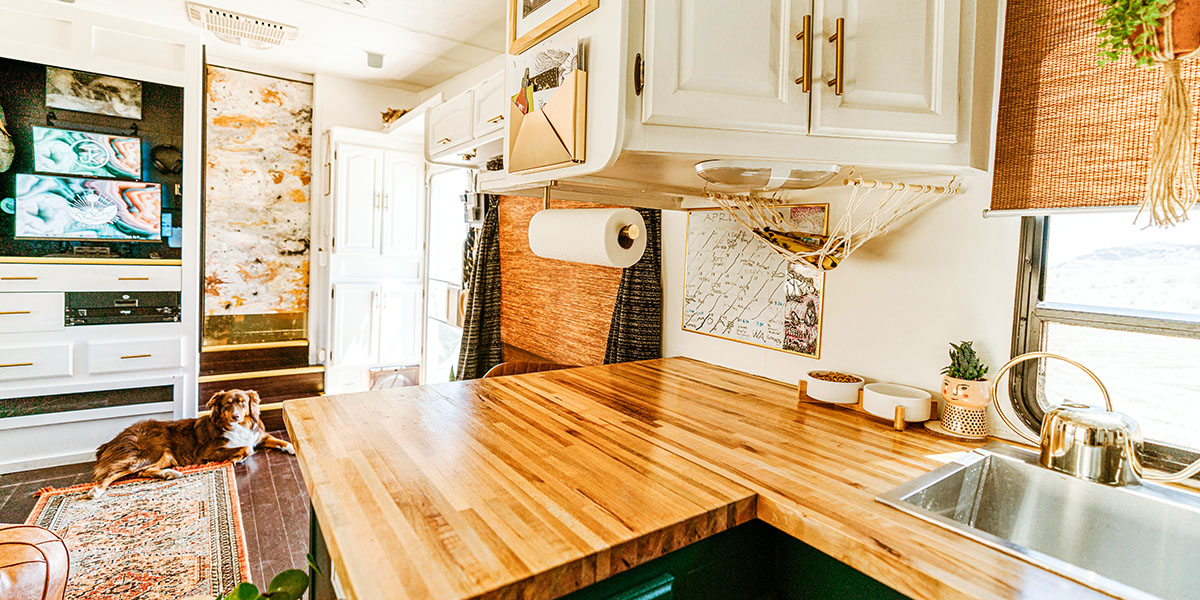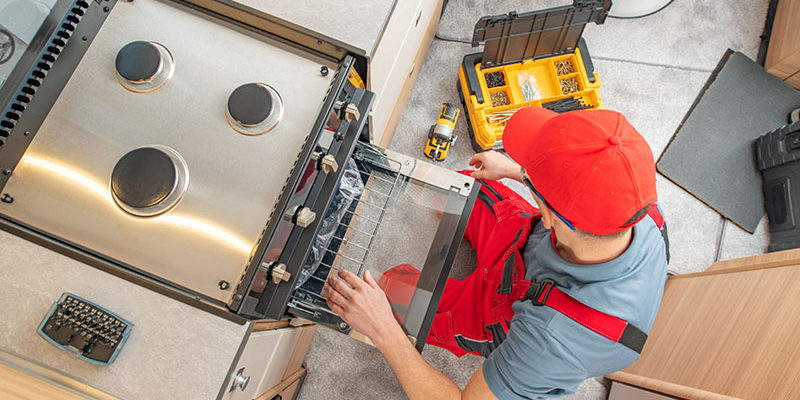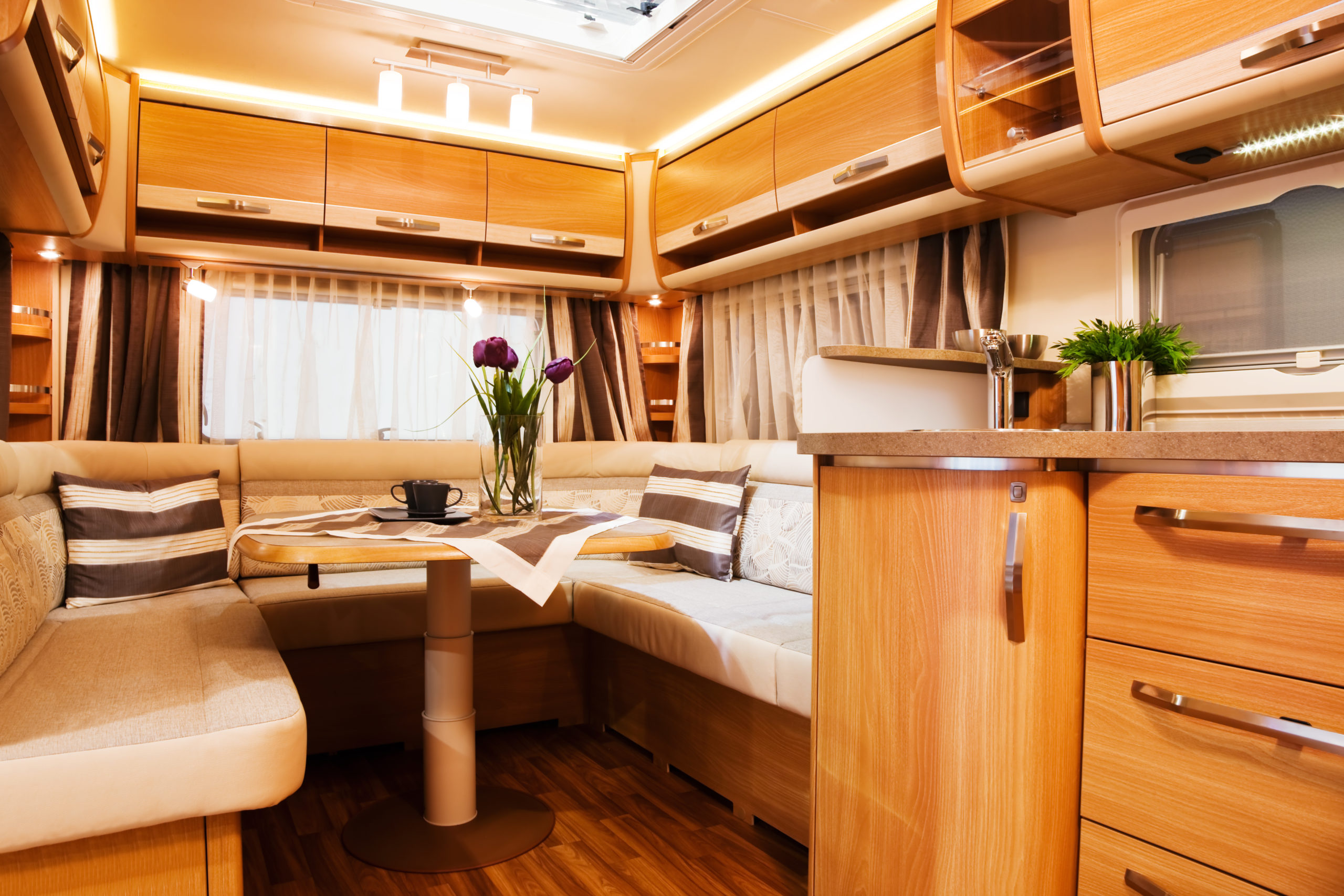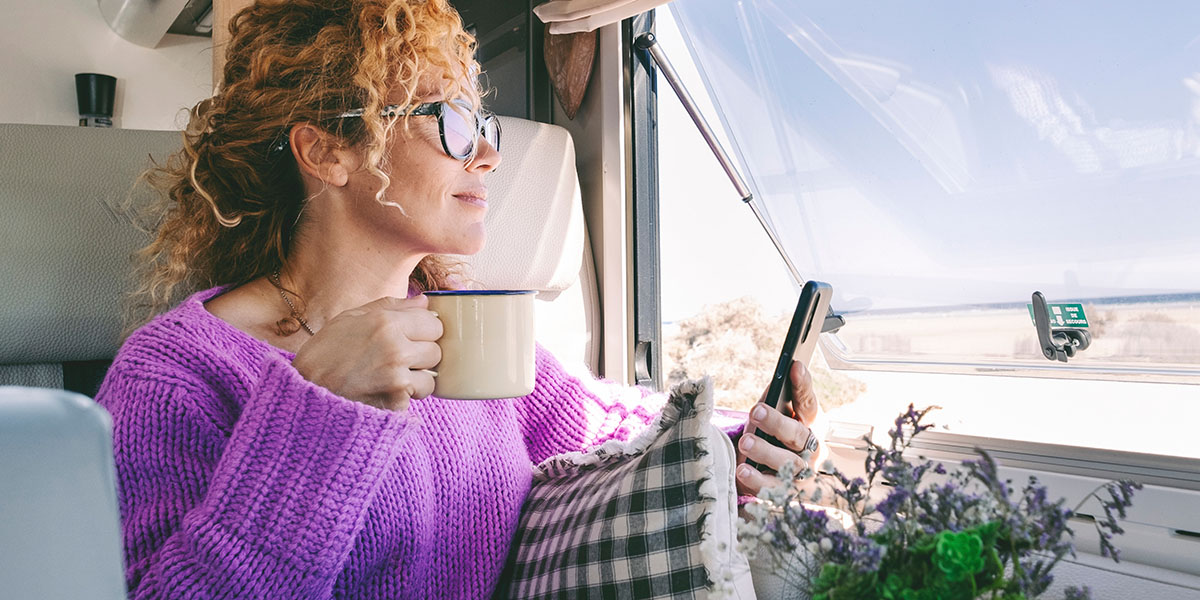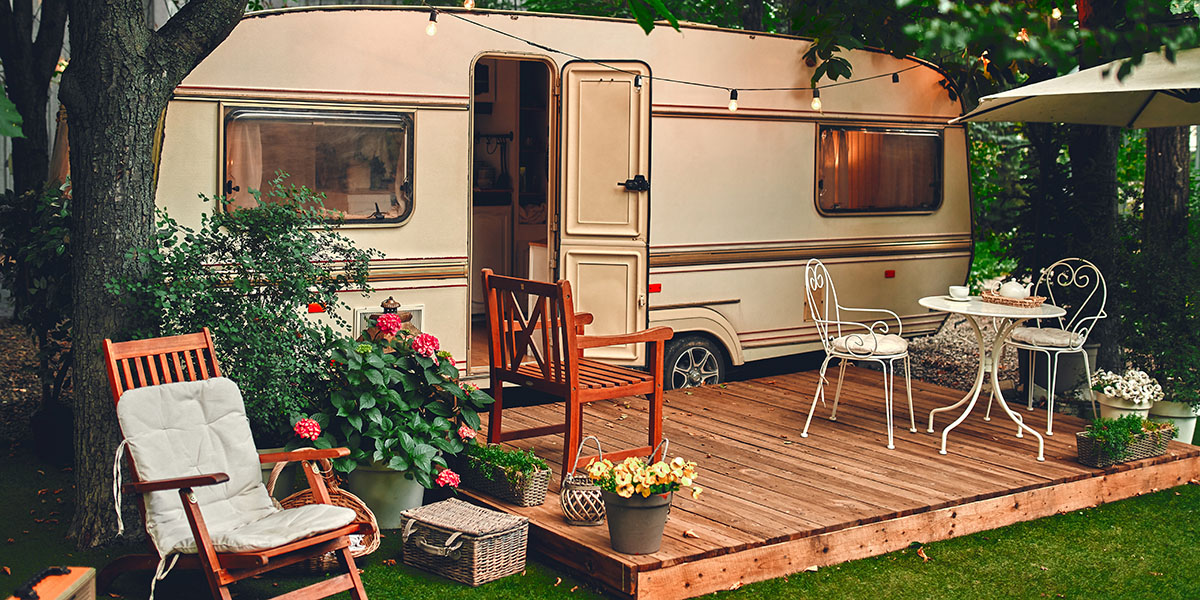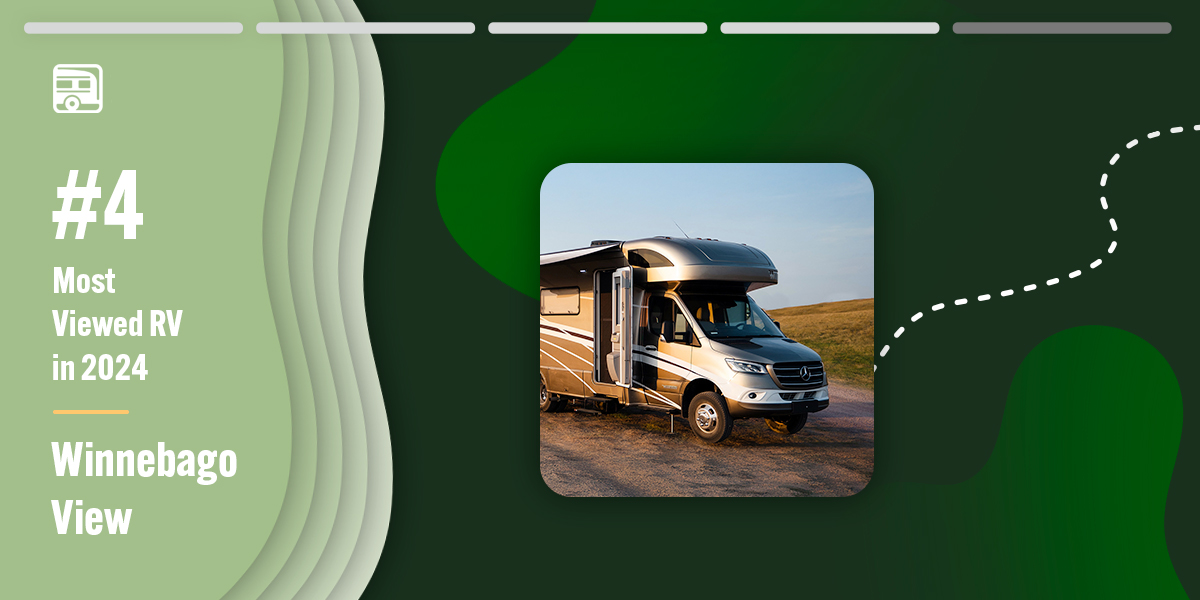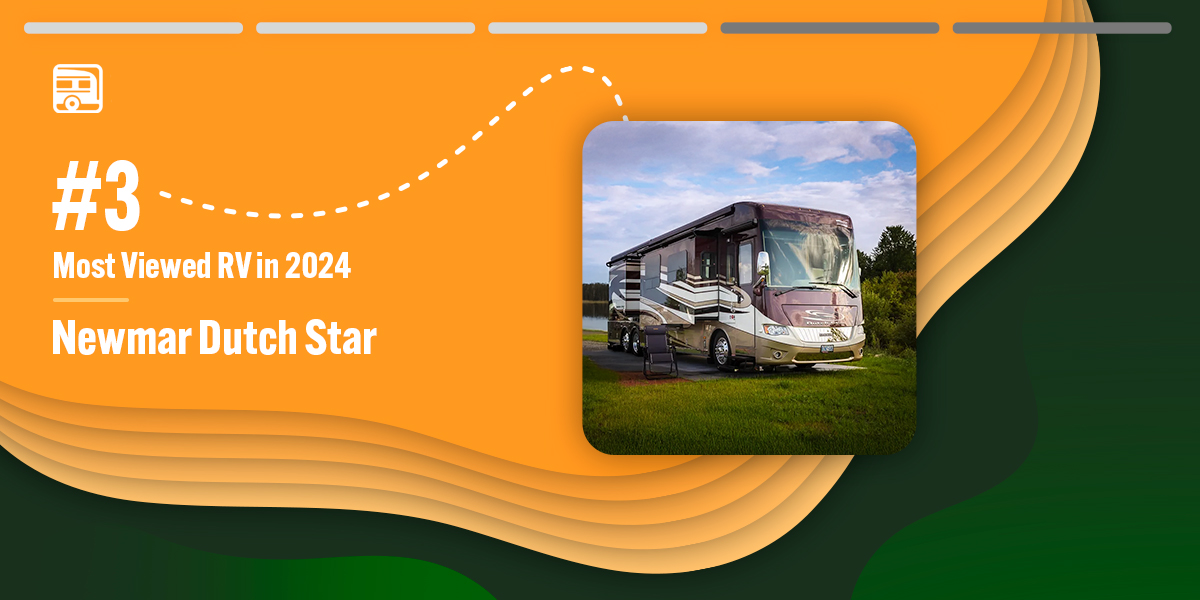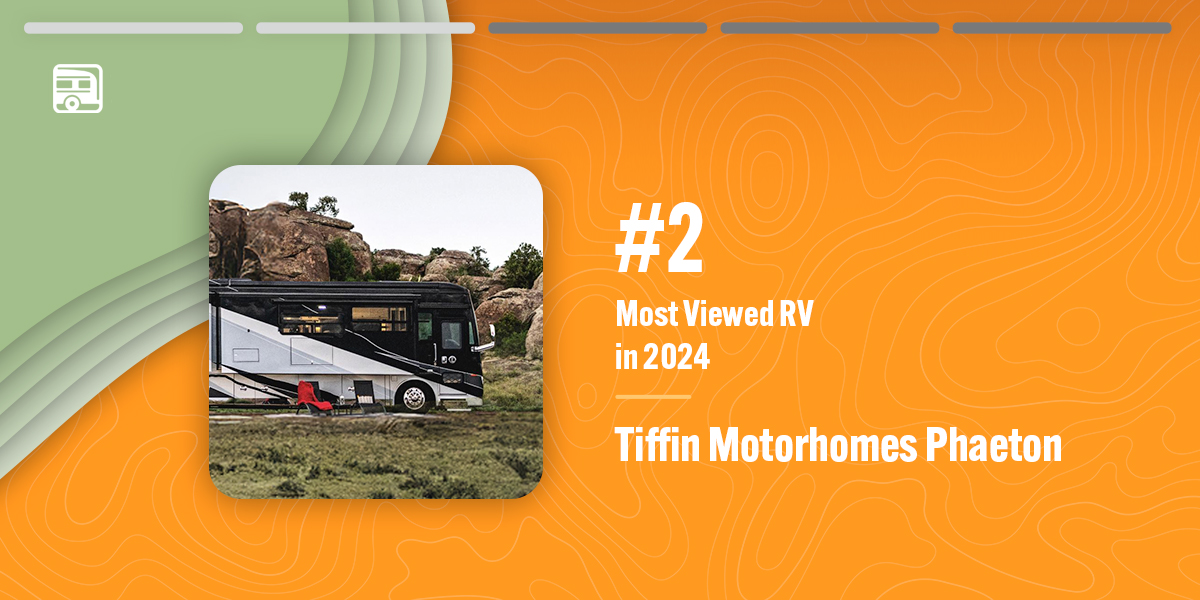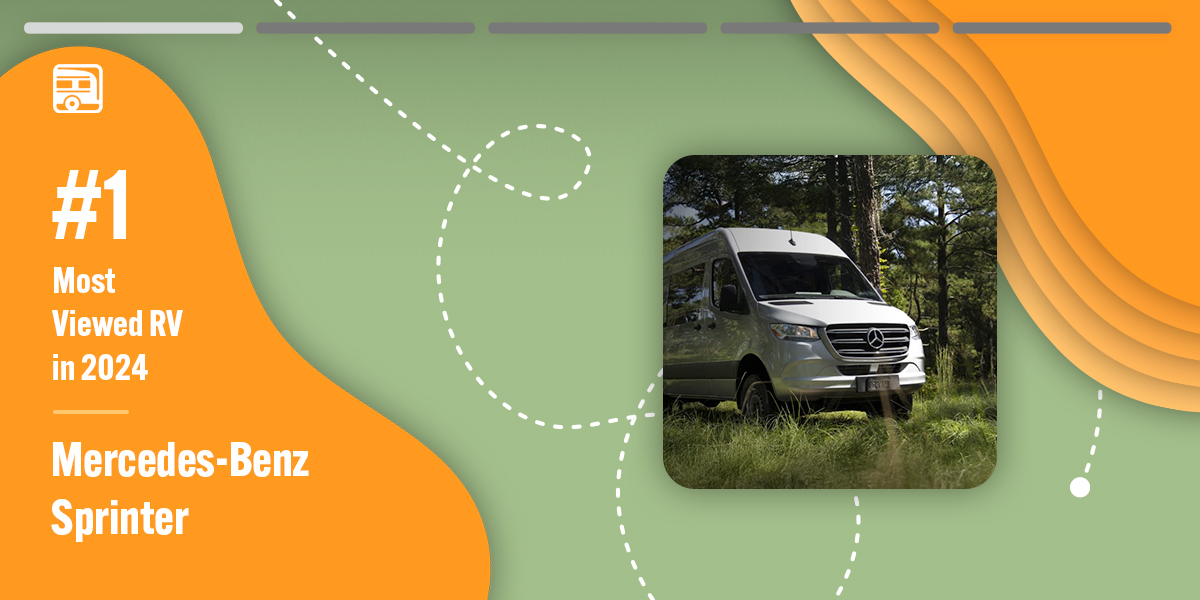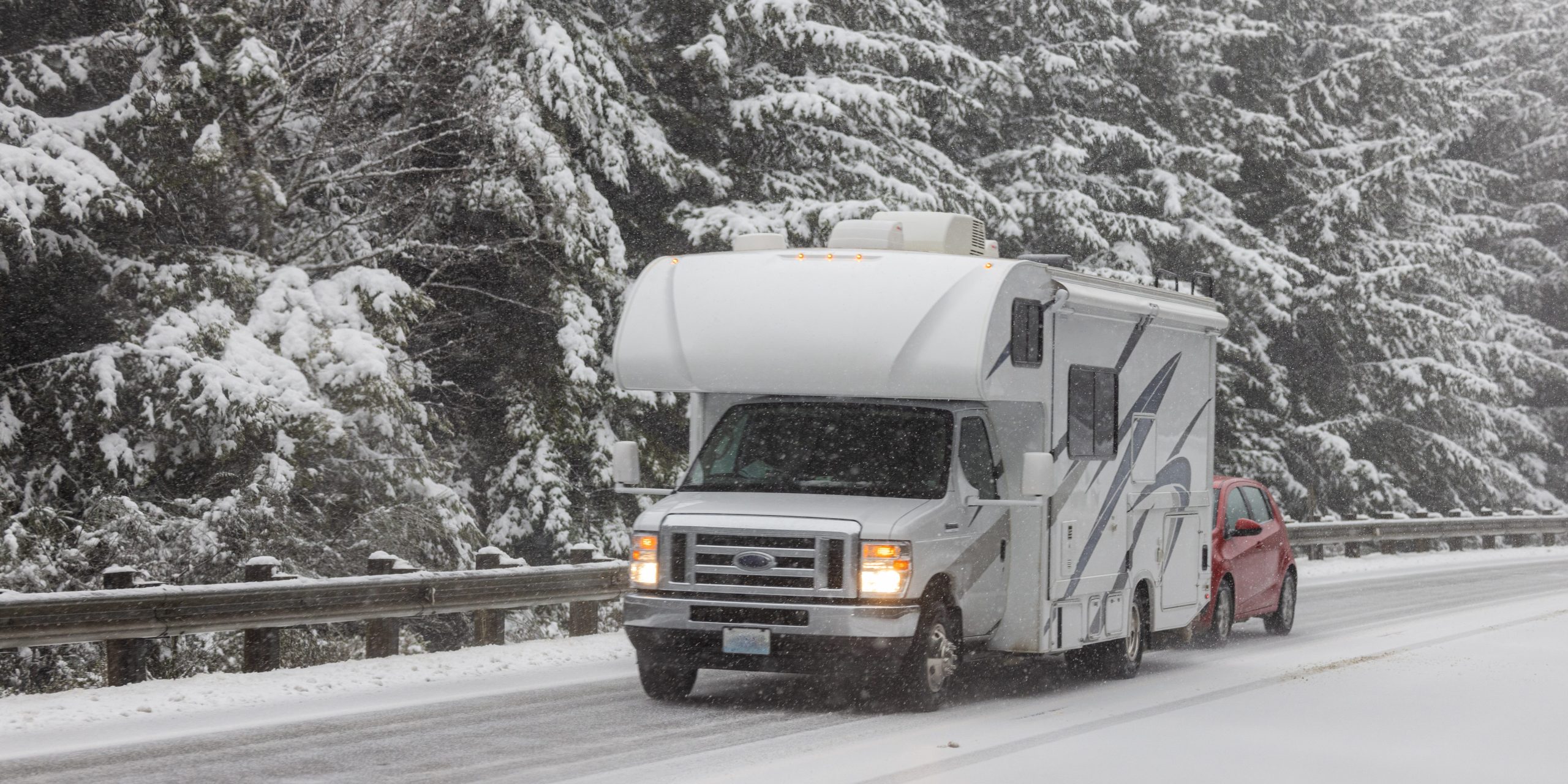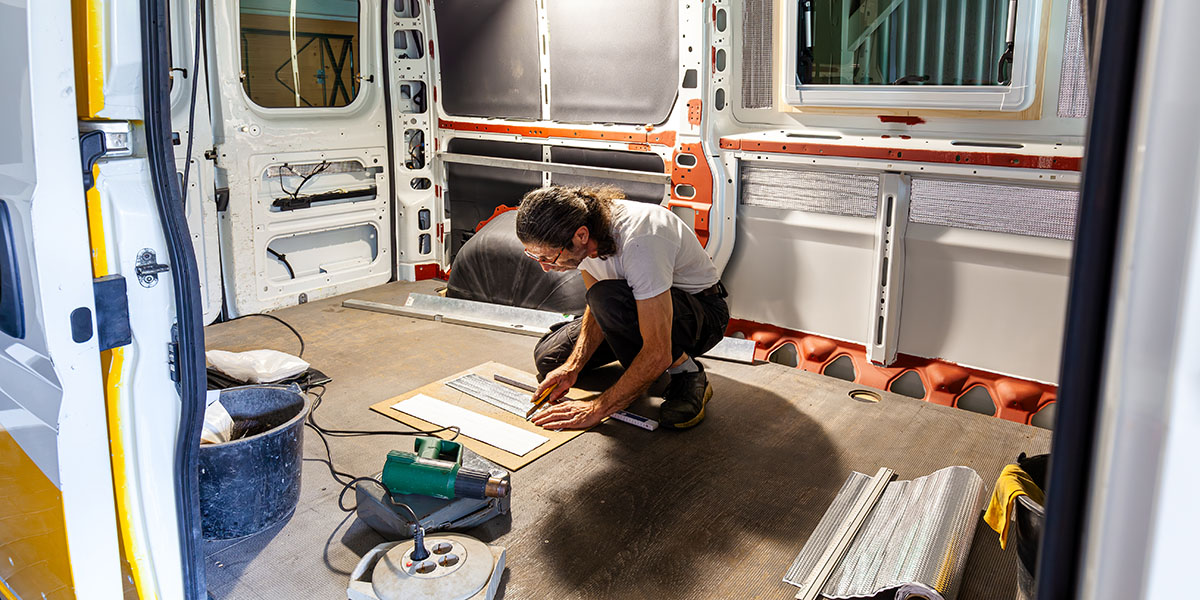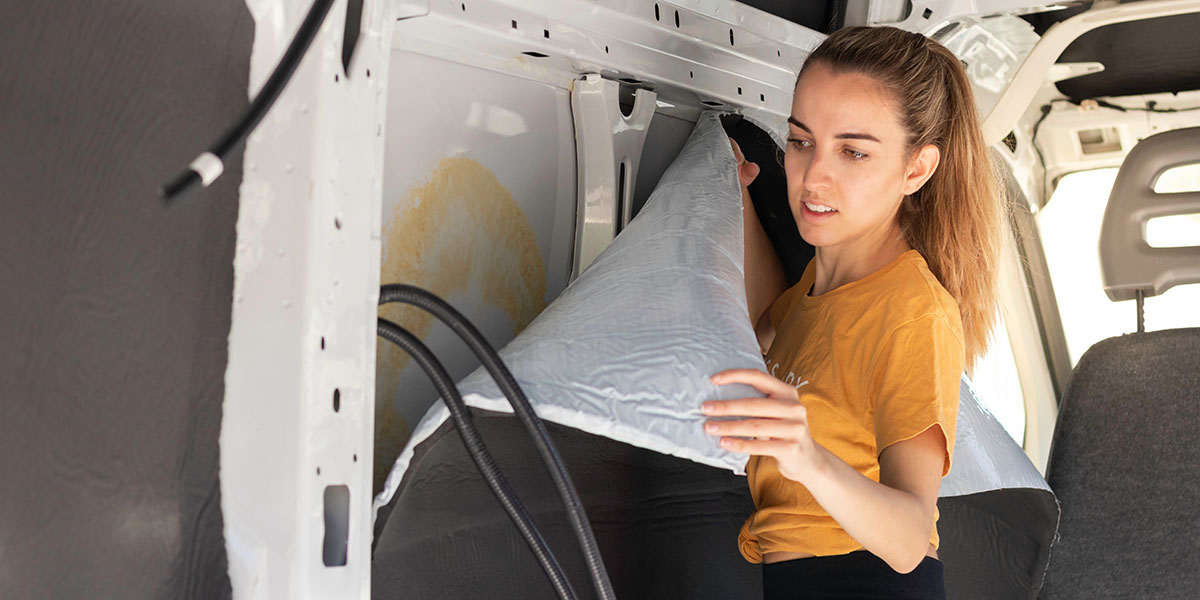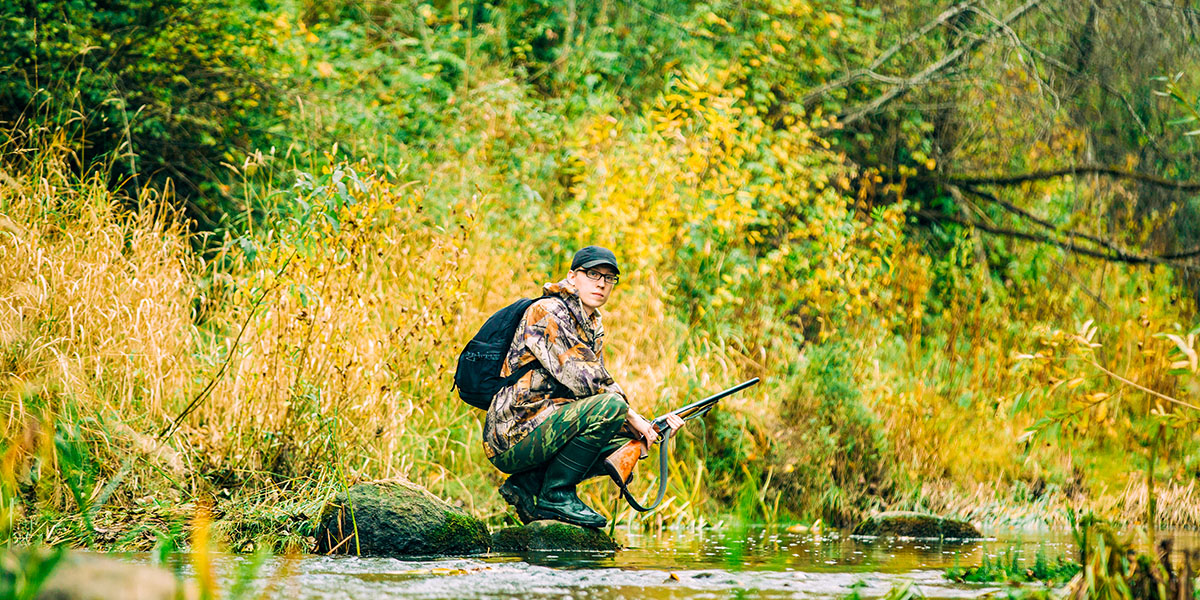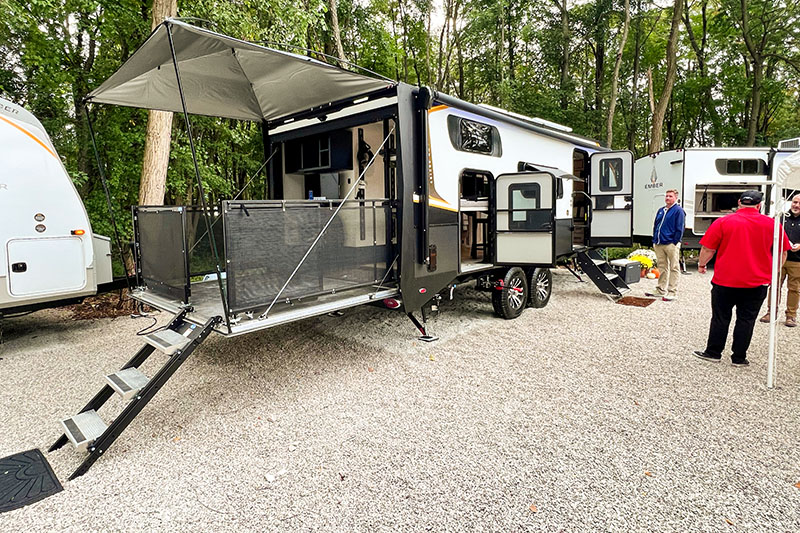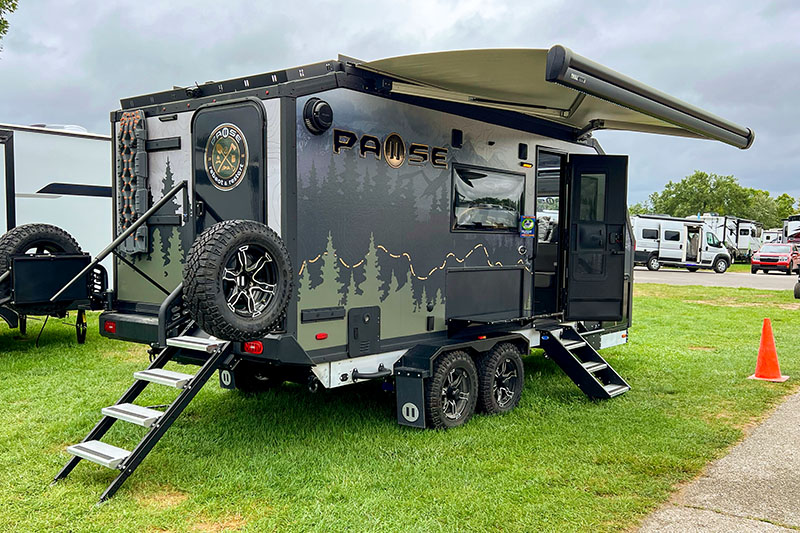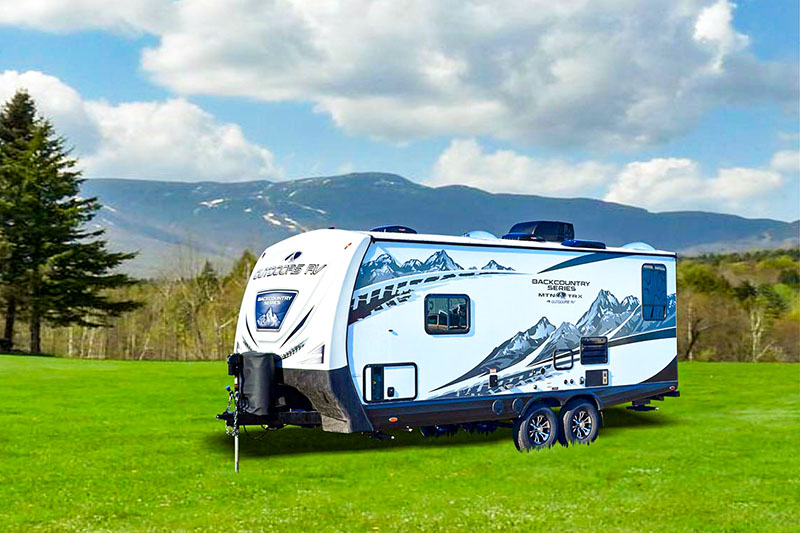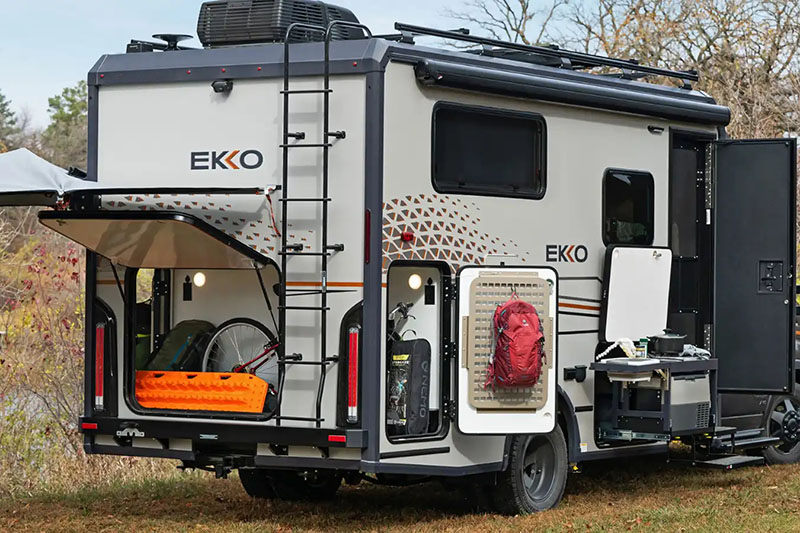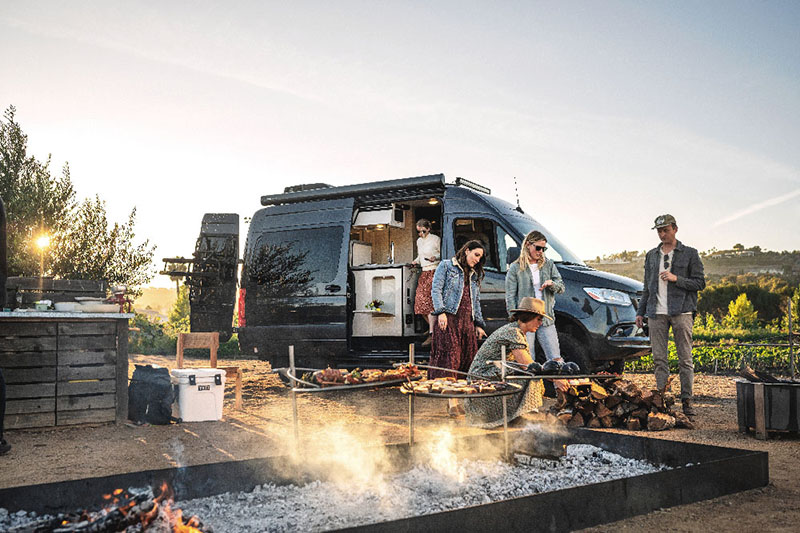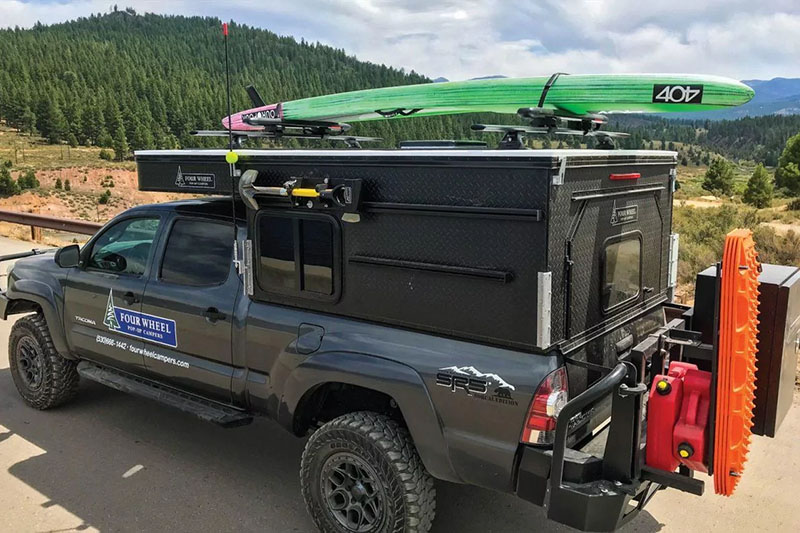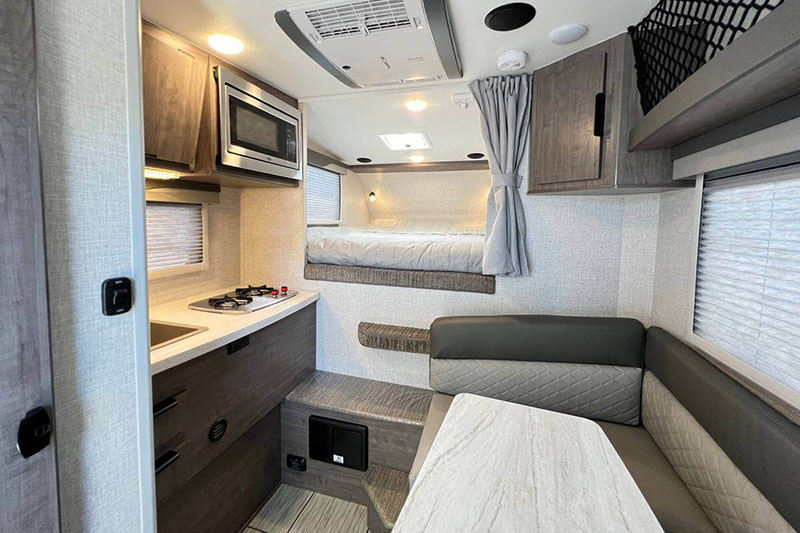If you’ve spent any time RVing, you’ve probably discovered that not all parts of the adventure are scenic sunsets and s’mores by the campfire. One unavoidable task that every RVer has to face is emptying the black tank. And necessity of that task pushes forward the uncomfortable question: Who is going to empty the black tank? In my marriage, like many other RV families we’ve met on the road, this fun assignment is taken over by one person. And that person is me. I have offered to be the bearer of black news in my marriage, and it gives me a few points every time. Happy poopsy-free wife, happy life.
While it may not be the highlight of your trip, mastering this job is essential to keeping your home on wheels running smoothly. (And trust us, it’s a whole lot easier with the right preparation and tools.) With a little know-how, you’ll soon have this process down to a science, leaving more time for the parts of RV life you love.
Ready to dive in? Let’s get started!
Step 1: Gather the Right Tools (They Make All the Difference)
When it comes to emptying your black tank, preparation is key. Having the right tools on hand not only makes the process more efficient but also keeps things clean and—most importantly—minimizes unpleasant surprises. Here’s a checklist of what you’ll need:
- Sewer Hose and Fittings. A durable, flexible sewer hose, often affectionately called the “stinky slinky,” ensures a secure connection between your RV and the dump station.
- Disposable Gloves. These are non-negotiable. Protect your hands with a thick, disposable pair for each dump session.
- Clear Hose Extension.While it’s not the prettiest part of the process, a clear extension lets you see when the tank is completely flushed.
- Sewer Hose Support. Use a support to create a smooth slope for the hose, helping gravity do the work and preventing any unpleasant backups.
Pro Tip: Store all sewer-related tools in a separate, labeled bin. This ensures they stay away from other camping gear, preventing contamination and making cleanup quick and easy.
Step 2: Position Your RV for Success (Double-Checking Matters)
Whether you’re at a dump station or a full-hookup campsite, how you position your RV makes a difference. You’ll want to park close enough that your sewer hose can reach the dump port comfortably without stretching. Take a few extra moments to ensure the ground is level and that the sewer connection is secure.
When setting up, always double-check that you’ve attached the hose to the correct outlet. It sounds obvious, but on some rigs, the gray and black tank handles look identical. And you don’t want any mishaps — trust us on this one!
Pro Tip: Always empty the black tank first before opening the gray tank valve. This way, the gray water helps flush out the hose, leaving it cleaner and reducing odors.
Step 3: Hook Up and Empty the Black Tank (Slow and Steady Wins the Race)
Now comes the main event. Start by putting on your gloves and connecting your sewer hose to the RV’s black tank outlet. Secure the other end at the dump station, and make sure everything is locked tight to avoid leaks. Slowly open the black tank valve—don’t rush it. Let the contents drain completely, and give it a few extra moments to ensure everything flows out.
If your RV has a built-in black tank flush, connect a dedicated hose to the flush inlet. Running fresh water through the tank helps clear out any stubborn waste or toilet paper that might linger. No built-in flush? No problem—a portable rinse wand or backflow connector like this will do the trick just fine.
Pro Tip: Make sure that your black tank valve is closed and add a little extra water from your RV toilet foot-flush – I tend to add just a few seconds – so that what is inevitably left over in the tank doesn’t completely dry and get worse.
Step 4: Flush the Gray Tank and Wrap It Up (You’ve Done the Dirty Work)
Once the black tank is empty and closed, it’s time to open the gray tank valve. The soapy water from your sinks and shower will flush out any residue in the sewer hose, leaving it cleaner and fresher. This step also makes disconnecting the hose far less messy.
After the tanks are empty, give your sewer hose a quick rinse — many dump stations have a non-potable water spigot for this purpose. Once everything is clean, disconnect the hose, cap the outlets, and store everything neatly in your designated bin.
Pro Tip: Perform one final dump and rinse at the end of each trip if possible. This ensures your tanks stay clean during storage and prevents buildup that could lead to clogs or odors later on.
Step 5: Use Tank Treatments to Keep Things Fresh (Say Goodbye to Odors)
To keep your black tank smelling fresh and functioning properly, it’s a good idea to use an RV-specific tank treatment. These treatments help break down waste and prevent odors from becoming an issue, especially during warmer months. Drop-in pods are a popular option because they’re easy to use—just toss one into the toilet, and you’re good to go.
If you’re staying at a full-hookup campsite, resist the urge to leave the black tank valve open all the time. Keeping the valve closed allows the tank to fill, which helps waste break down more effectively and prevents unpleasant buildup known as the “pyramid of doom.”
Pro Tip: Always keep your drinking water hose and black tank rinse hose separate — cross-contamination is the last thing you want on an RV trip!
Avoiding Common Mistakes (Because We’ve All Been There)
- Forgetting Gloves. Even if you think you’re quick, wear them. You’ll thank yourself later.
- Skipping the Tank Rinse. It only takes a few extra minutes and will save you headaches in the long run.
- Leaving the Black Tank Valve Open at All Times. This can lead to waste buildup, causing clogs and foul odors.
- Not Checking Connections. A loose fitting can turn into a big mess fast—double-check everything before opening valves.
Wrap-Up: Embrace the Process and Enjoy the Journey
Emptying the black tank may not be the highlight of your RV trip, but it’s a necessary part of the lifestyle. Once you’ve mastered the process, it becomes just another routine task, like setting up camp or cooking dinner outdoors. Plus, knowing you have clean tanks means less stress and more time to focus on the adventures that lie ahead. With the right tools, a little patience, and some practice, you’ll be able to handle this job with confidence. And, who knows? You might even become the go-to tank expert in your campground! (If that’s something you actually like).
Happy RVing, and may your tanks always flow smoothly! Also, if you’d like a little video tutorial walking you through the process step by step, watch this.

